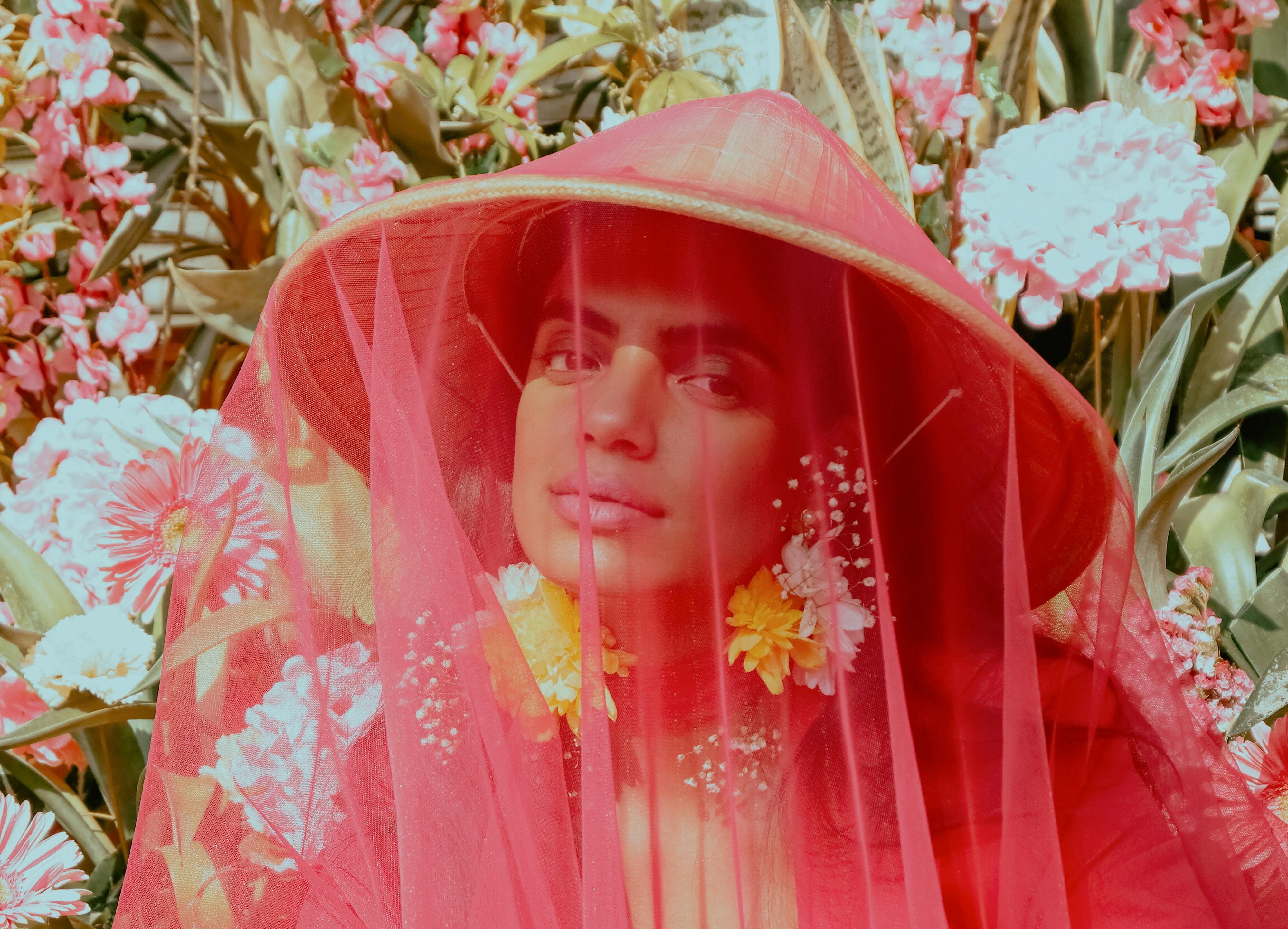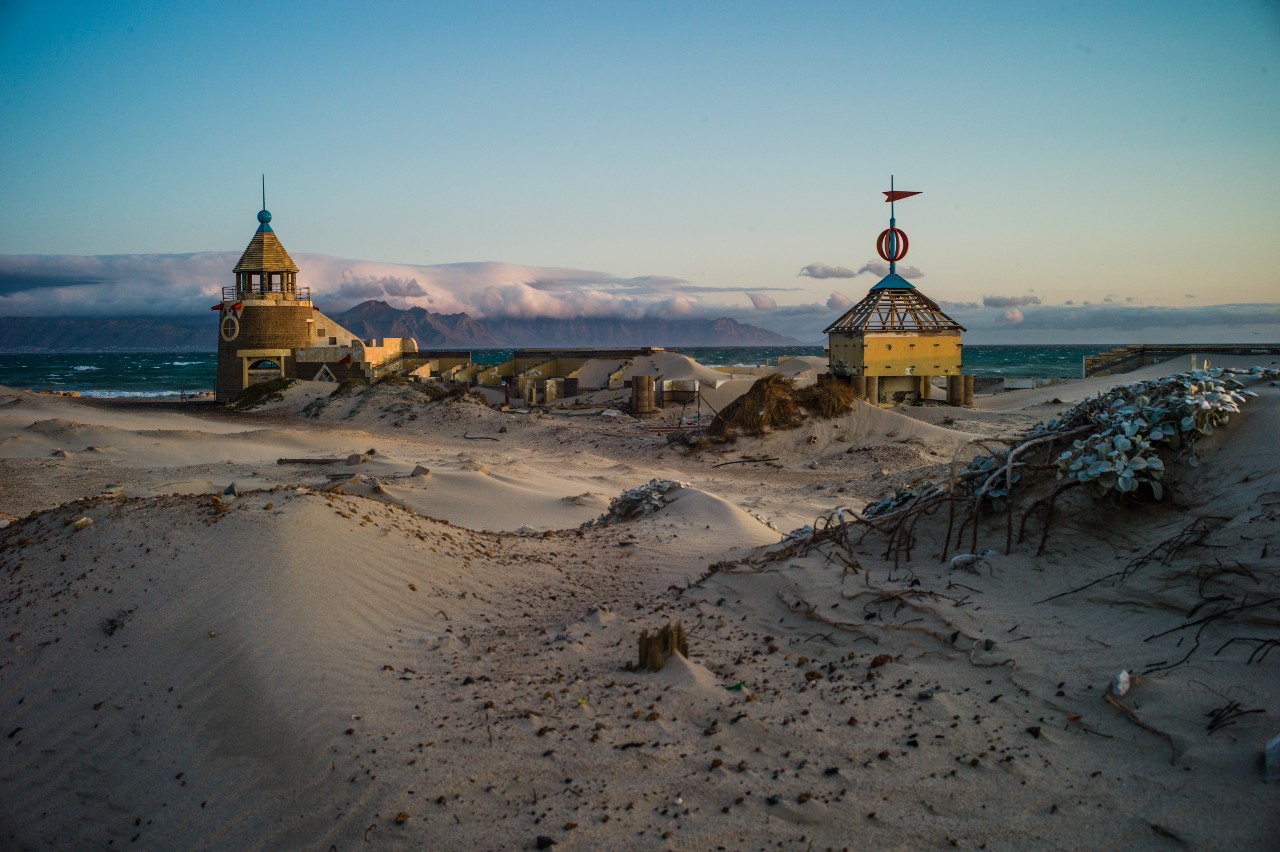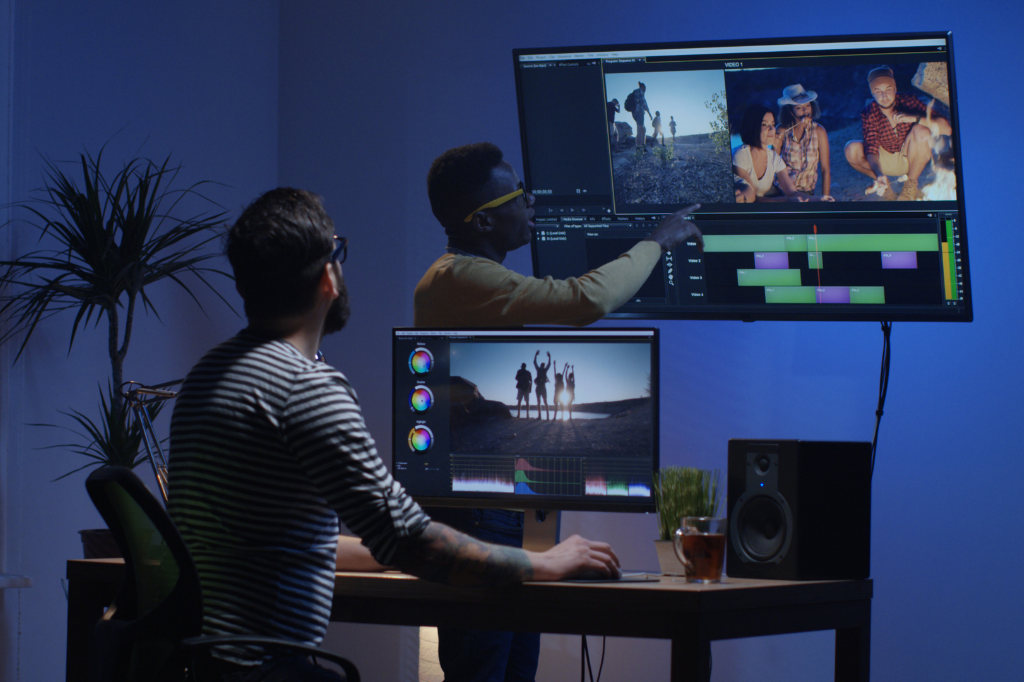Portrait photography is one of the most intimate forms of photography. The photographer captures the authenticity and essence of the person sitting in front of them. Through their lens, photographers have the power to reveal facets of their subject’s personality, emotions, and character, often in ways that words cannot express.
At its core, portrait photography is about connection—between the photographer and the subject, and between the subject and the viewer. The best portraits are not merely representations of physical appearance but windows into the soul of the individual being.
While most portraits are captured in a controlled environment, often in the confines of a studio, photographing portraits on location introduces an element of unpredictability and chaos. A good photographer is able to use these elements of chaos and unpredictability to create immersive portraits.
We take a look at some of the ways that you can use your environment to work in your favour when photographing portraits on location.
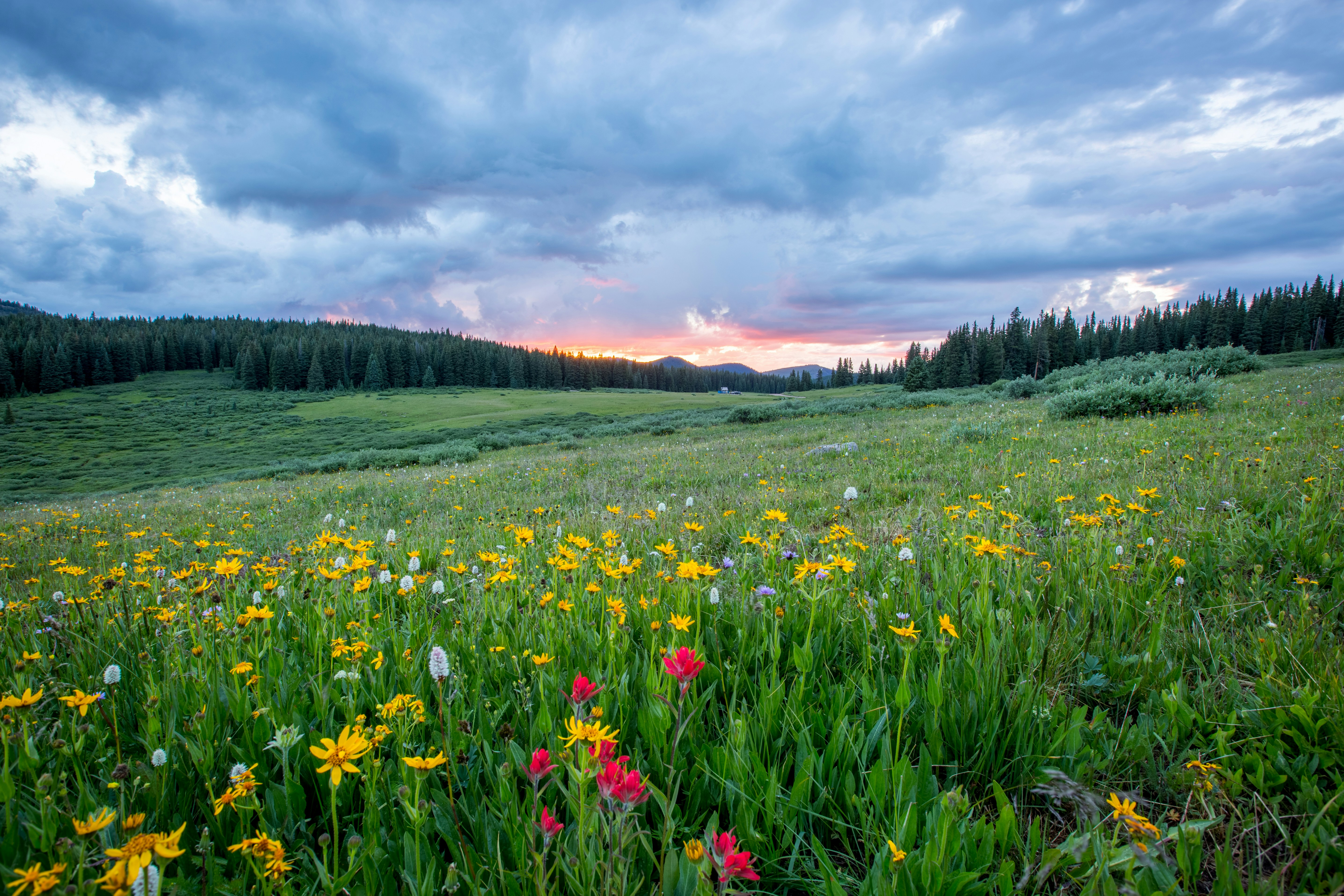
Scouting Your Portrait Photography Location
When planning your portraiture photoshoot, you should have some idea of the theme or concept of your shoot as this will determine the type of location you’ll be scouting for. Once you find the perfect location for your shoot make sure to visit the area before the shoot so that you can familiarise yourself with the space and plan your shoot efficiently. Familiarising yourself with the space will allow you to find interesting backgrounds, good lighting conditions, and potential obstacles.
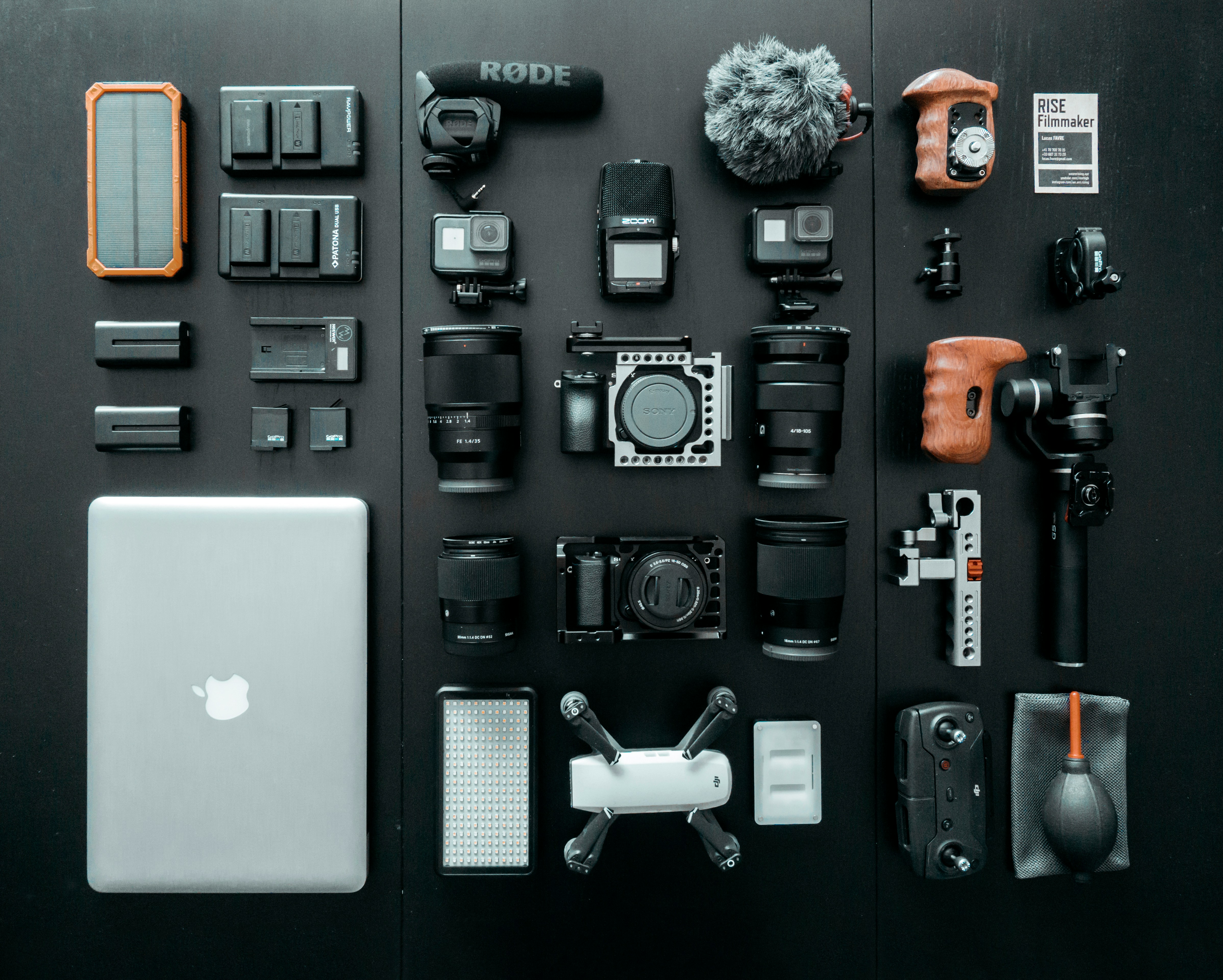
Bring Essential Gear
Ensuring you have the right gear is essential for a successful photography shoot, particularly when shooting outdoors where conditions can be unpredictable. Beyond your camera and lenses, there are several other pieces of equipment you should consider bringing along to ensure you’re prepared for whatever challenges may arise. Spare batteries are a must-have. Outdoor shoots can drain battery life faster than expected, especially if you’re using features like continuous autofocus or shooting in cold temperatures, which can sap battery power more quickly. Having extra batteries on hand ensures you won’t miss out on capturing that perfect moment due to a dead battery. Memory cards are another crucial item to bring plenty of. Running out of storage mid-shoot is a photographer’s nightmare, so it’s wise to carry multiple memory cards, preferably ones with ample capacity and fast write speeds to accommodate the high-resolution files produced by modern cameras. Other items to consider packing include lens cloths for cleaning your gear, a sturdy tripod for stability, a lens hood to minimise lens flare, and a weatherproof camera bag to protect your equipment from the elements. And don’t forget essentials like sunscreen, water, and snacks to keep yourself comfortable and hydrated throughout the shoot.
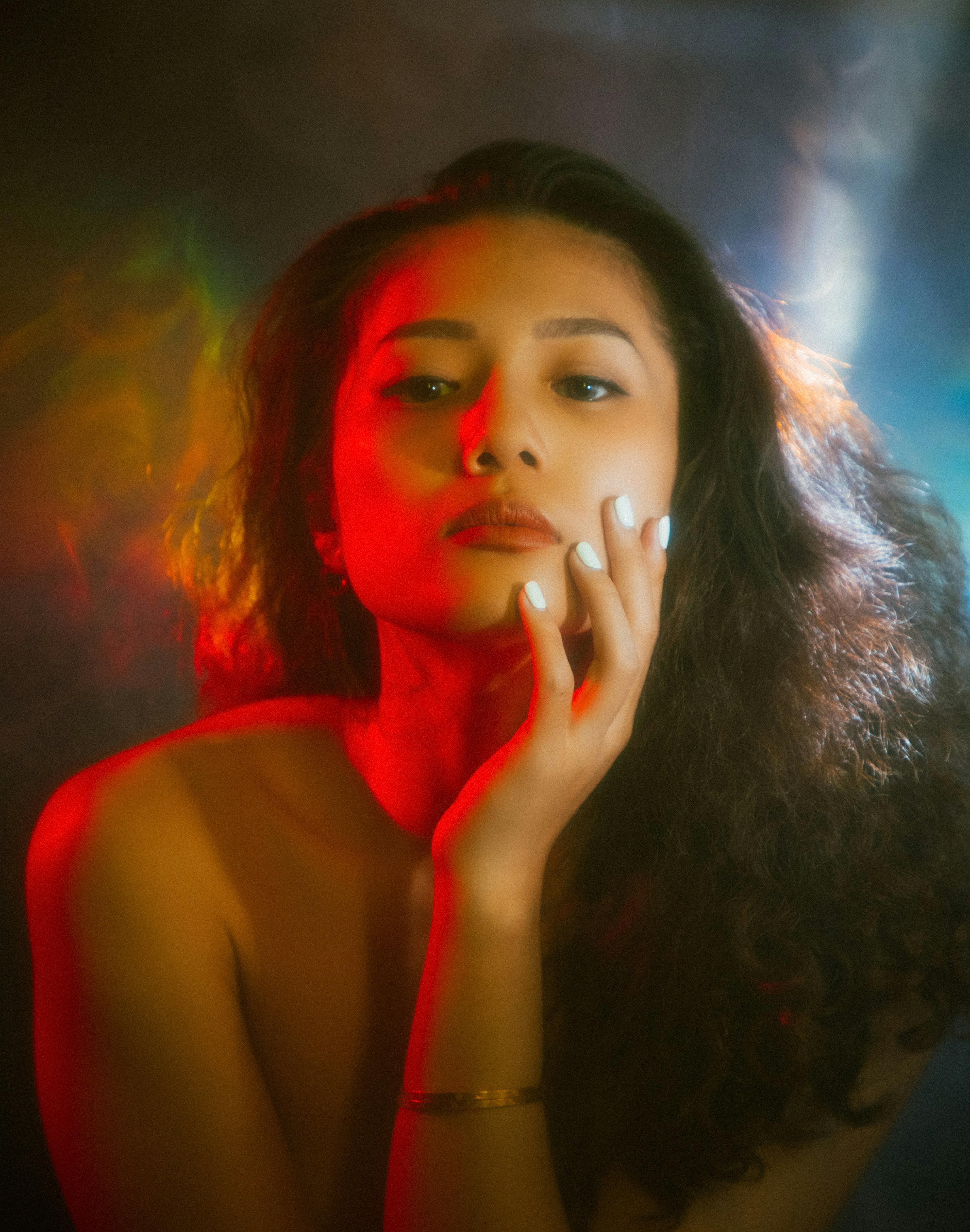
Portrait Lighting
The great thing about shooting outside on location is that you can use natural lighting to your advantage. If you’re looking for a softer aesthetic, shooting in the early hours of the morning is the perfect time to capture that ethereal light. If you’re looking for a setting that’s a little more vibrant and dynamic, shooting in the late afternoon is the perfect way to bathe your subjects in that glorious golden hour light. Photographers are also often told to avoid shooting in harsh midday sunlight, however, with some diffusers and reflectors, you can create beautiful portraits. You should, however, pack in any additional lighting or modifiers you may need to enhance your shots. While natural light can be beautiful, it’s not always reliable, particularly if you’re shooting at dawn, dusk, or in heavily shaded areas. Portable LED lights can help fill in shadows or add a touch of warmth to your images, while diffusers or umbrellas can soften harsh sunlight for more flattering portraits.
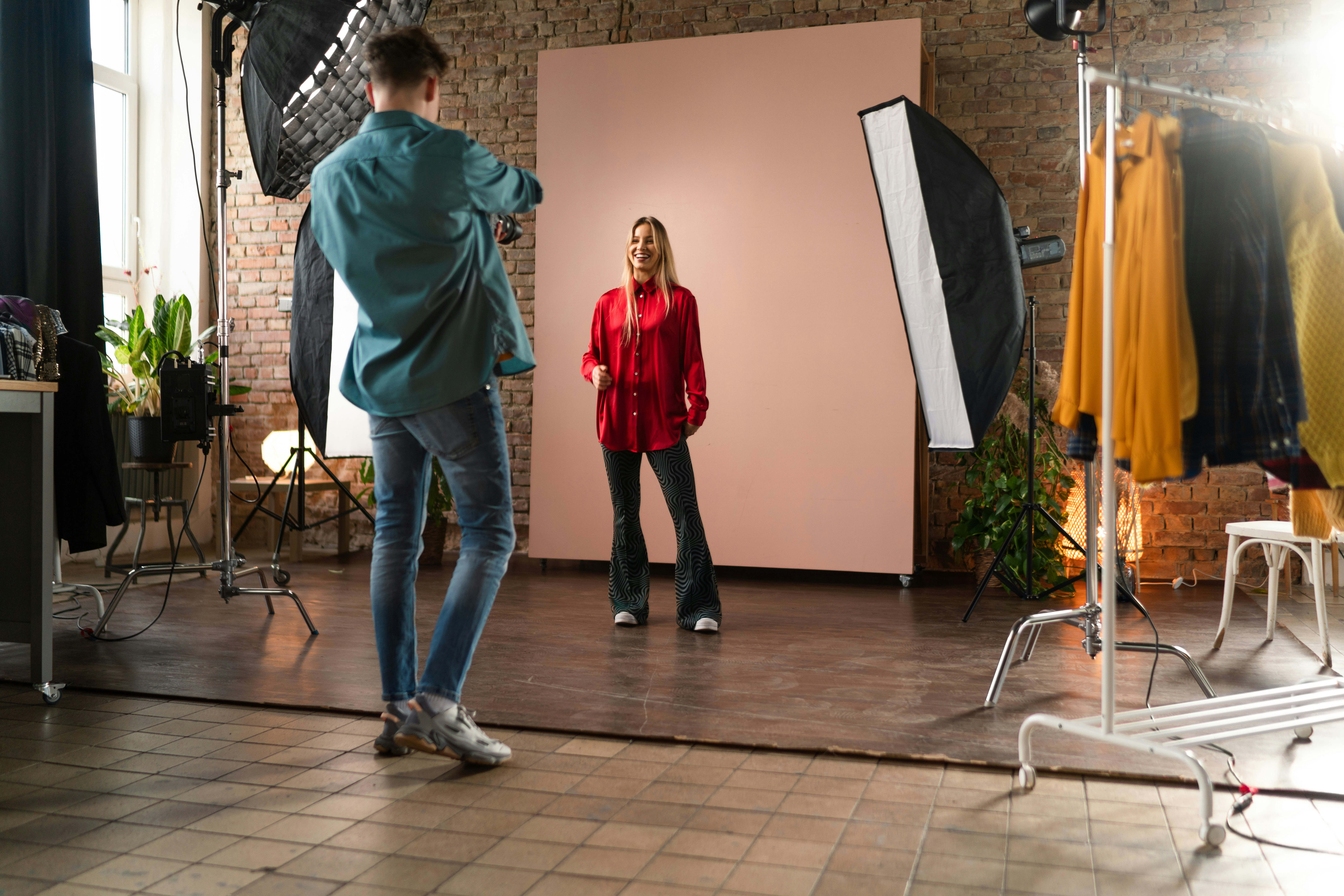
Engaging With Your Subject
Engaging with your subject is one of the most important factors in photographing a portrait. By getting to know them and making them feel comfortable with you and in front of the camera is essential to getting them to open up and allowing you to capture an authentic moment. Famed Armenian-Canadian Yousuf Karsh, who’s responsible for some of the most iconic black-and-white portraits of the 20th century’s world leaders and great thinkers once said “Within every man and woman a secret is hidden, and as a photographer, it is my task to reveal it if I can.”
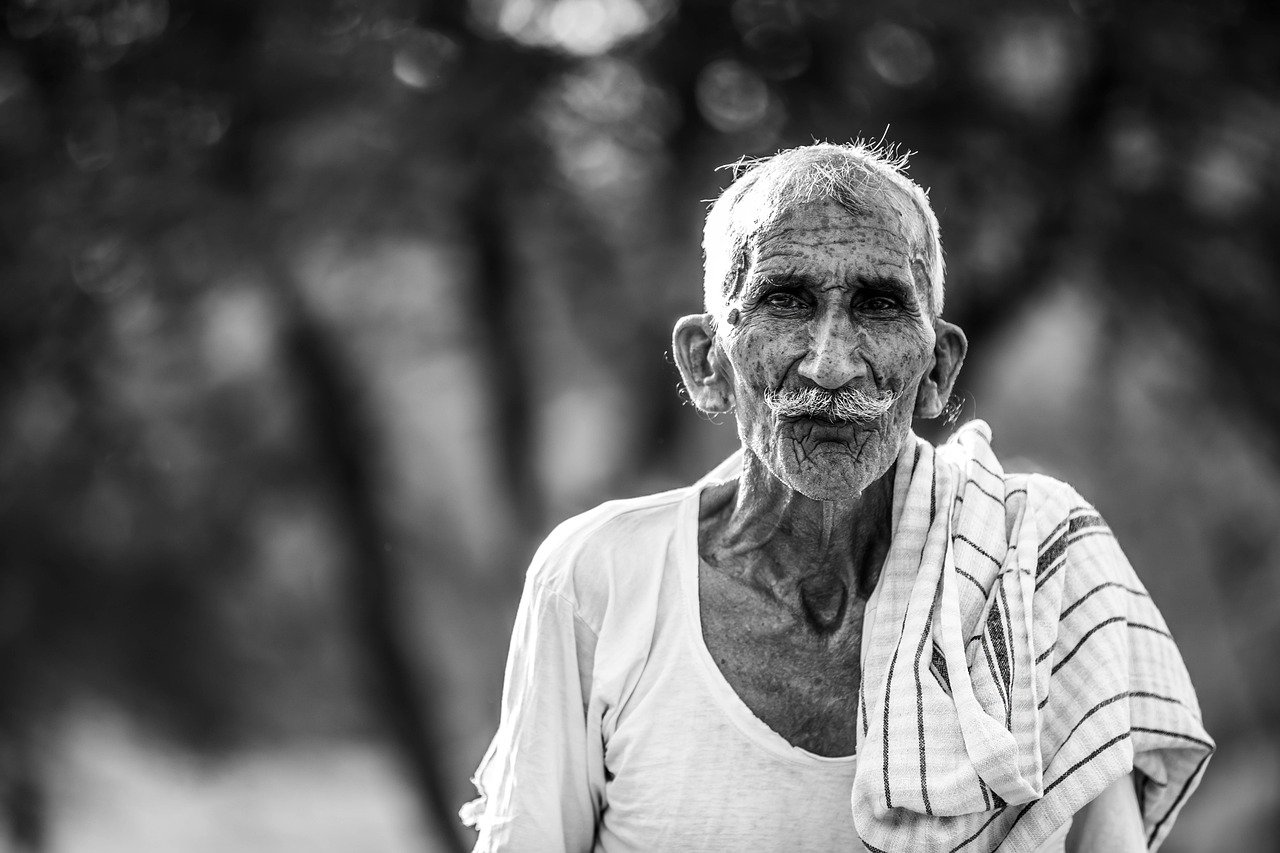
Use A Wide Aperture
A wide aperture is paramount in portrait photography due to its ability to create a shallow depth of field, isolating the subject from distracting backgrounds and foregrounds, thereby drawing focus directly to the person’s face. This separation enhances the prominence of the subject, adding depth and dimensionality to the image. Furthermore, the pleasing background blur, known as bokeh, produced by a wide aperture contributes to a visually appealing backdrop that complements the subject without competing for attention. Additionally, the softening effect of a wide aperture can help to minimise imperfections in the skin and facial features, resulting in a more flattering look. Beyond technical considerations, using a wide aperture allows photographers to exercise creative control over the mood and expression of their portraits, enabling them to craft images that resonate with viewers on an emotional level. Overall, the wide aperture plays a vital role in enhancing the aesthetic appeal and impact of portrait photography, facilitating the creation of captivating and memorable images.

Experiment with Angles and Perspectives
Experimenting with different angles and perspectives is one of the things that makes photography so much fun. By changing the way you look at your subject you’re able to uncover new and unique compositions that stand out from ordinary subjects. Legendary portrait photographer Helmut Newton, renowned for his provocative and glamorous portraits that challenged societal norms, encouraged fellow photographers to embrace risk-taking and shatter conventions. His mantra was one of relentless innovation, urging artists to break free from the constraints of tradition and unleash their imagination in pursuit of truly original and evocative imagery.

Stay Flexible and Open-Minded
Outdoor photography presents a dynamic and ever-changing canvas, where natural elements like weather conditions and shifting light can significantly influence the outcome of a shoot. In this environment, flexibility and adaptability are key virtues for photographers, as they navigate the unpredictable terrain and seize unforeseen opportunities that may emerge. Rather than viewing fluctuations in your environment as obstacles, skilled photographers approach them as invitations to creativity, embracing the spontaneity and serendipity inherent in outdoor shoots.

